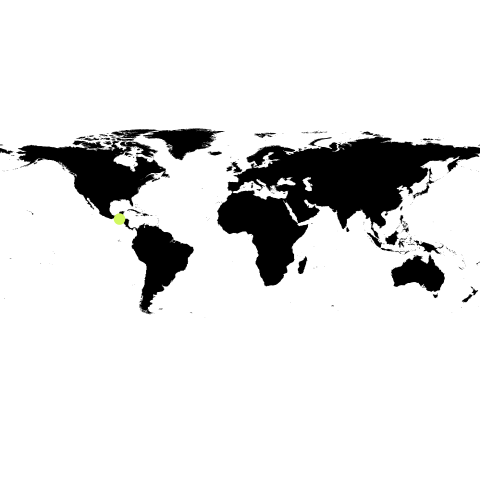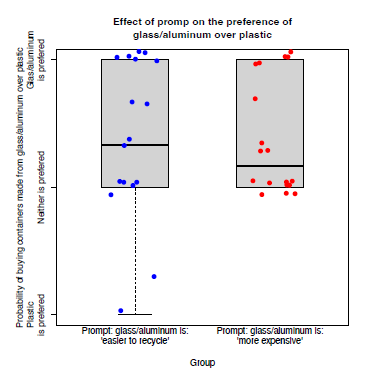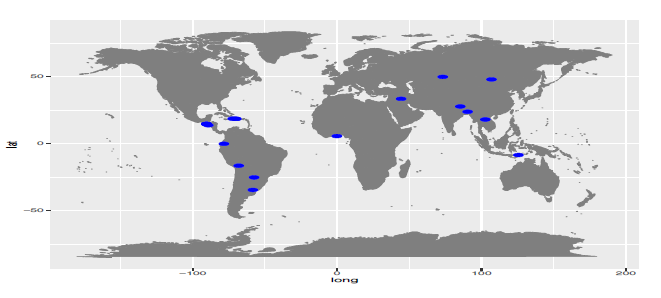Location(s)
Tags
SDG(s)
Sustainable Development Goal(s)
Powered by

Posted by Javier Antonio Brolo
UNDP Guatemala Accelerator Lab
Innovation methods
Data sources
Scaling
Cost
SDG(s)
Sustainable Development Goal(s)

Please be aware that the content herein has not been peer reviewed. It consists of personal reflections, insights, and learnings of the contributor(s). It may not be exhaustive, nor does it aim to be authoritative knowledge.
Prepared by (Name of the experimenter)
On date (Day/Month/Year)
Current status of experimental activity
Completed
What portfolio does this activity correspond to? If any
What is the frontier challenge does this activity responds to?
What is the learning question(from your action learning plan) is this activity related to?
Please categorize the type that best identifies this experimental activity:
Pre Experimental (trial and error, prototype, a/b testing), Fully Randomised (RCTs, etc.)
Which sector are you partnering with for this activity? Please select all that apply
United Nations agency, Public Sector, Private Sector, Civil Society/ NGOs, Academia
Please list the names of partners mentioned in the previous question:
What is the specific learning intent of the activity?
What is your hypothesis? IF... THEN....
Does the activity use a control group for comparison?
Yes, a different group entirely
How is the intervention assigned to different groups in your experiment?
Random assignment
Describe which actions will you take to test your hypothesis:
What is the unit of analysis of this experimental activity?
Please describe the data collection technique proposed
What is the timeline of the experimental activity? (Months/Days)
What is the estimated sample size?
10-49
Was the original hypothesis (If.. then) proven or disproven?
Do you have observations about the methodology chosen for the experiment? What would you change?
From design to results, how long did this activity take? (Time in months)
What were the actual monetary resources invested in this activity? (Amount in USD)
Does this activity have a follow up or a next stage? Please explain
Is this experiment planned to scale? How? With whom?
Please include any supporting images that could be used to showcase this activity

Considering the outcomes of this experimental activity, which of the following best describe what happened after? (Please select all that apply)
Solutions tested in this experiment were scaled in numbers, This experiment led to partnerships, This experiment led to adoption of new ways of working by our partners
What do you know now about the action plan learning question that you did not know before? What were your main learnings during this experiment?
What were the main obstacles and challenges you encountered during this activity?
Who at UNDP might benefit from the results of this experimental activity? Why?
Who outside UNDP might benefit from the results of this experiment? and why?
Did this experiment require iterations? If so, how many and what did you change/adjust along the way? and why?
What advice would you give someone wanting to replicate this experimental activity?
Can this experiment be replicated in another thematic area or other SDGs? If yes, what would need to be considered, if no, why not?
What is the total estimated monetary resources needed for this experiment?
Less than 1,000 USD
Quality Check
This activity is relevant to a CPD outcome, The hypothesis is clearly stated, This activity offers strong collaboration oportunities, This activity offers a high potential for scaling, This activity has a low risk
Please upload any supporting images or visuals for this experiment.

How much the "sense" and "explore" phases of the learning cycle influenced/shaped this experiment? In hindsight, what would you have done differently with your fellow Solution Mapper and Explorer?
What surprised you?
 13Climate action
13Climate action 17Partnerships for the goals
17Partnerships for the goals
Comments
Log in to add a comment or reply.